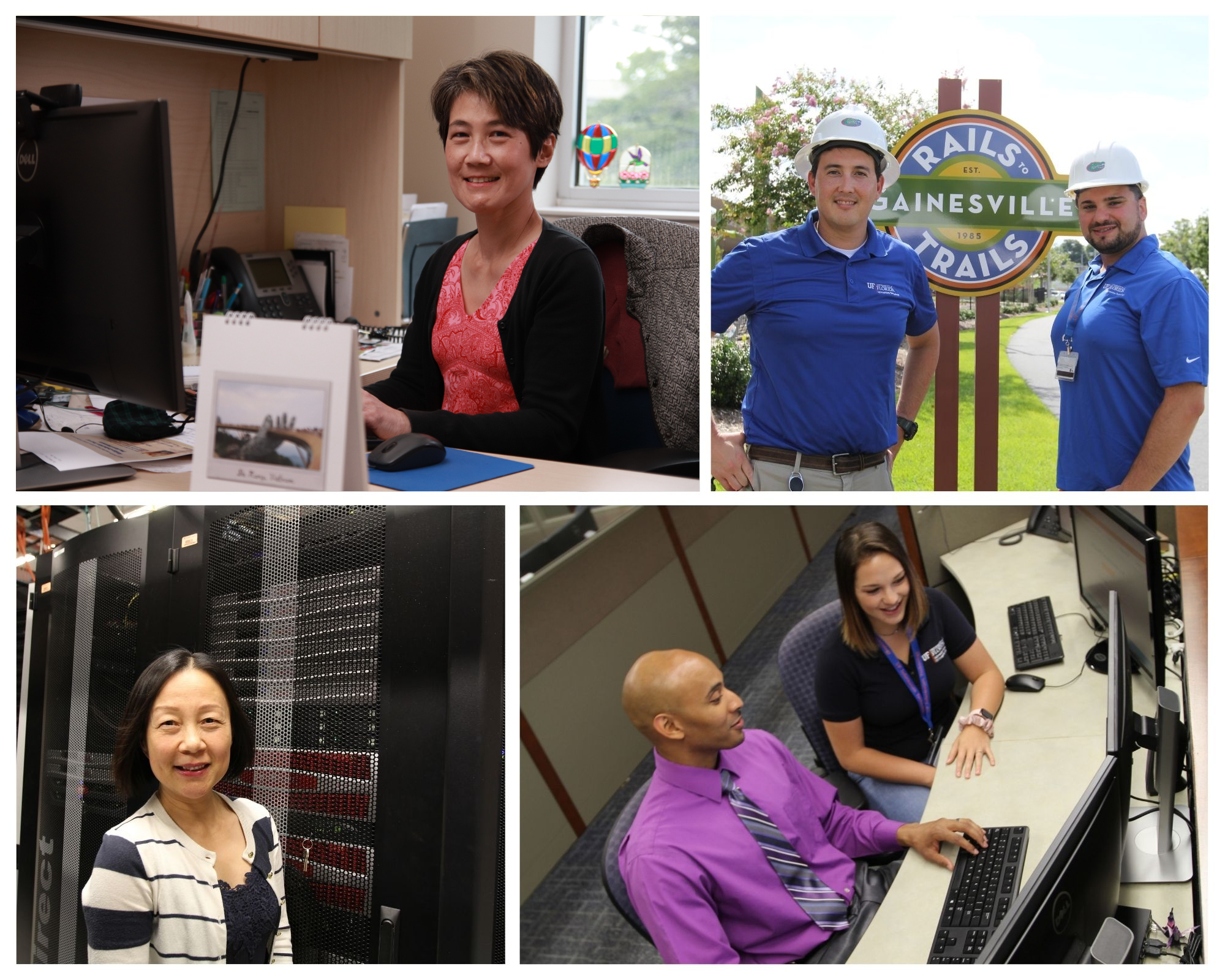About UFIT
UF Information Technology (UFIT) enables teaching, learning, research, and service on campus and across the region with state-of-the-art enterprise IT systems, including SEC and SUS universities the opportunity to teach using HiPerGator.

Our Organization
Led by Vice President and CIO Elias Eldayrie, the eight departments comprising UFIT are:
- Academic Technology
- Applications, Development, and Integrations
- Customer Experience & Resource Planning
- Data Platform and Analytics
- Information Security Office
- Infrastructure & Communications Technology
- IT Business Center (Internal to UFIT)
- Research Computing
